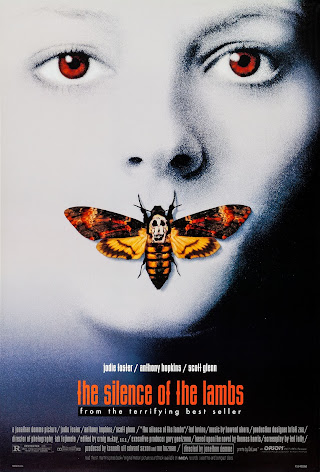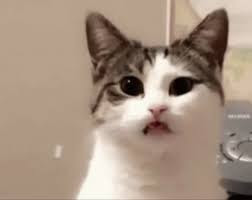The Silence of the Lambs- Thriller (Genre Research)
Common camera techniques include intense close-ups to convey characters' emotions, low-angle shots for heightened tension, and tracking shots to build suspenseful sequences. Quick cuts and dynamic camera movement are often used to create a sense of urgency. Thrillers often employ dark and moody settings to enhance the atmosphere. Lighting plays a crucial role, with shadows and contrast intensifying suspense. Costumes and set design contribute to character development, emphasizing secrecy or duality. Rapid editing, jump cuts, and cross-cutting are prevalent in thriller films to maintain a brisk pace and keep the audience on edge. Flashbacks and non-linear editing may be used to reveal critical information gradually. Suspenseful thrillers rely heavily on sound design. Tense musical scores, sudden silences, and sharp sound effects heighten the emotional impact. Dialogues may be whispered, emphasizing secrecy and paranoia. Some more examples of thriller films- Seven, Gone Girl, Prisoners. I appreciate the intricate plot twists, the psychological depth of characters, and the tension-building techniques that keep viewers engaged. The genre's ability to explore the darker aspects of human nature is intriguing. Sometimes, the intense suspense can lead to predictable clichés. Overreliance on jump scares without substantial storytelling can be a drawback. Additionally, excessive violence for shock value, without contributing to the narrative, may not resonate with everyone.




Comments
Post a Comment